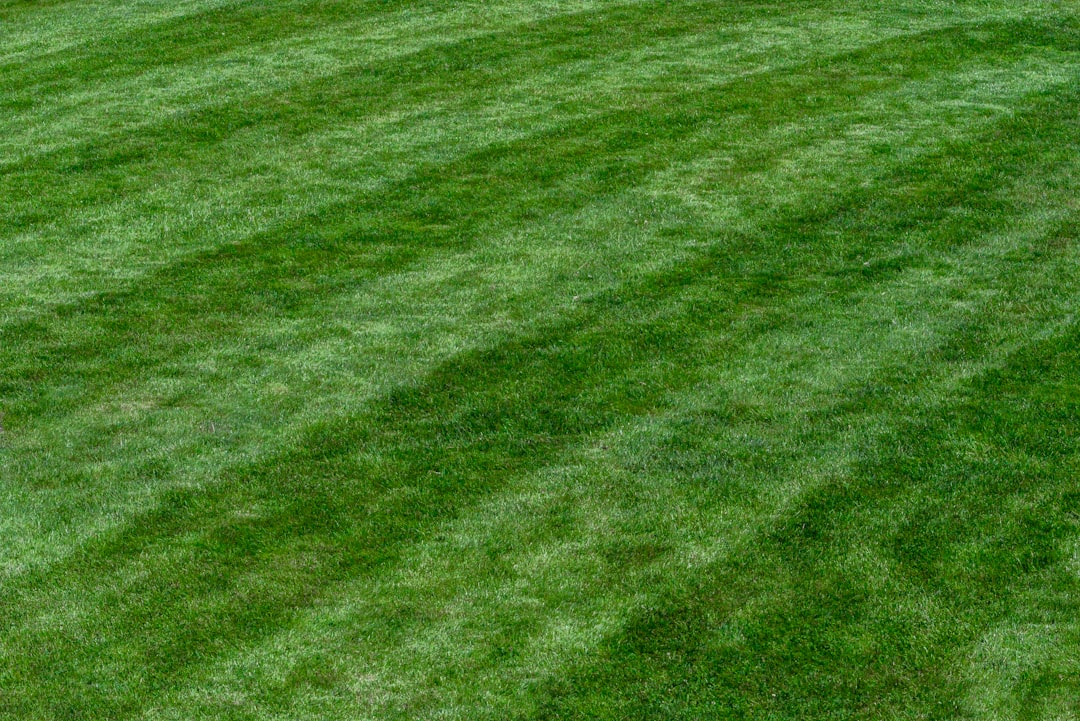Unleash the Power of Compost in Your Garden

Compost is a gardener's best friend. It's a natural, nutrient - rich substance that can transform your yard from an ordinary space into a thriving oasis. Whether you're growing houseplants, tending to a vegetable garden, or maintaining a lush lawn, compost has a multitude of benefits. In this article, we'll explore nine top ways to use compost on all your plants and take your gardening game to the next level.
1. Soil Enrichment
One of the primary uses of compost is to enhance the quality of your soil. When you mix compost into the soil, it improves its structure. For heavy clay soils, compost helps to break up the compacted particles, allowing for better water drainage and root penetration. In sandy soils, it increases the soil's ability to hold moisture and nutrients. Spread a layer of compost about 2 - 3 inches thick over your garden beds and till it in to a depth of 6 - 8 inches. This will provide a fertile foundation for your plants to grow.
2. Mulching
Applying a layer of compost as mulch around your plants is an excellent way to conserve moisture, suppress weeds, and regulate soil temperature. Spread a 2 - 3 - inch layer of compost around the base of your plants, making sure to keep it a few inches away from the stems to prevent rot. As the compost breaks down over time, it will also release nutrients into the soil, feeding your plants.
3. Raised Bed Gardening
If you're using raised beds in your garden, compost is essential. Fill your raised beds with a mixture of compost, topsoil, and other organic materials. The compost will provide a rich source of nutrients for your plants, and its loose structure will allow for easy root growth. You can also add a layer of compost on top of the soil in your raised beds each season to replenish the nutrients.
4. Potting Mix
For houseplants and container gardens, creating your own potting mix with compost is a great idea. Combine equal parts of compost, peat moss, and perlite or vermiculite. This mixture will provide good drainage, aeration, and a steady supply of nutrients for your potted plants. You can also use compost as a top - dressing for potted plants, adding a thin layer on top of the soil every few months.
5. Seed Starting
Compost can be used as a component in seed - starting mixes. Its fine texture and nutrient content make it an ideal medium for germinating seeds. Mix compost with vermiculite and a small amount of sand to create a light, well - draining seed - starting mix. Sow your seeds in this mix, and they will have a good start in life, with access to the nutrients they need to grow strong and healthy.
6. Lawn Fertilization
Compost is a natural and gentle fertilizer for your lawn. Spread a thin layer of compost, about 1/4 - 1/2 inch thick, over your lawn. You can use a broadcast spreader or simply rake it out by hand. The compost will improve the soil structure beneath the grass, encourage deep root growth, and help the grass to stay green and healthy. It also helps to control thatch buildup and suppresses weeds.
7. Compost Tea
Making compost tea is a great way to get the benefits of compost in a liquid form. Fill a burlap sack or a mesh bag with compost and soak it in a bucket of water for a few days. Stir the water occasionally. The resulting liquid, known as compost tea, can be used to water your plants. It contains beneficial microorganisms and nutrients that can boost plant growth and health. You can use compost tea as a foliar spray or a soil drench.
8. Fruit and Vegetable Gardens
In fruit and vegetable gardens, compost is crucial for producing high - quality produce. Add compost to the planting holes when you're transplanting seedlings or sow seeds directly into soil enriched with compost. Compost provides the necessary nutrients for the plants to grow, flower, and produce fruits and vegetables. It also helps to improve the flavor and texture of the produce.
9. Compost for Ornamental Plants
Ornamental plants, such as flowers and shrubs, also benefit from compost. Incorporate compost into the soil around your ornamental plants during planting. You can also use compost as a side - dressing during the growing season. This will help the plants to develop strong roots, produce more vibrant blooms, and resist pests and diseases.
In conclusion, compost is a versatile and valuable resource for any gardener. By using these nine top ways to incorporate compost into your gardening routine, you can control weeds, grow healthier plants, and have a more beautiful and productive yard. So, start making and using compost today, and watch your garden thrive.